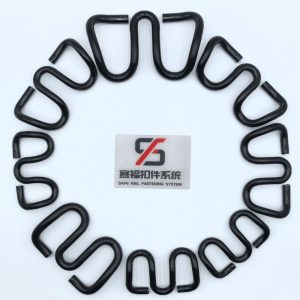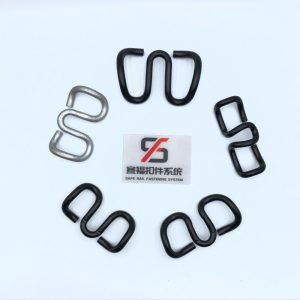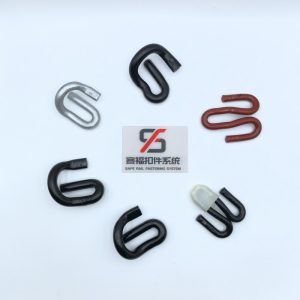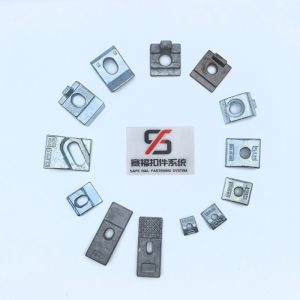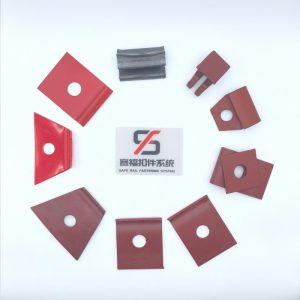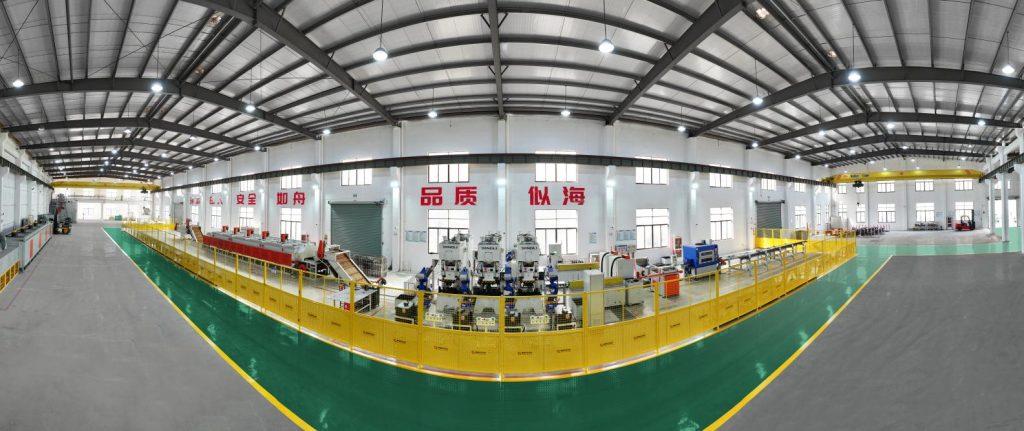SAFE Rail Fastening System has automatic rail clip/tension clamp production lines that can produce a variety of rail clips/tension clamps for the fastening system. From cutting, heating, molding, quenching, tempering, surface treatment, anti-corrosion treatment, and packaging, to warehousing, all processes have been fully automated and mechanized.
Furthermore, SAFE Rail Fastening System offers a diverse range of products and services, including OEM and OBM rail fastening systems for conventional, high-speed, heavy-haul, and metro applications. Its portfolio includes rail clips, pads, tie plates, bolts, and other specialized components. The company prioritizes technological innovation through its SAFE Shanghai Research Center, which collaborates with industry and academia to drive advancements in rail transit solutions. Comprehensive laboratory facilities ensure all products meet rigorous standards, including EN 13146, EN 13481 internationally, and TB standards domestically in China.
